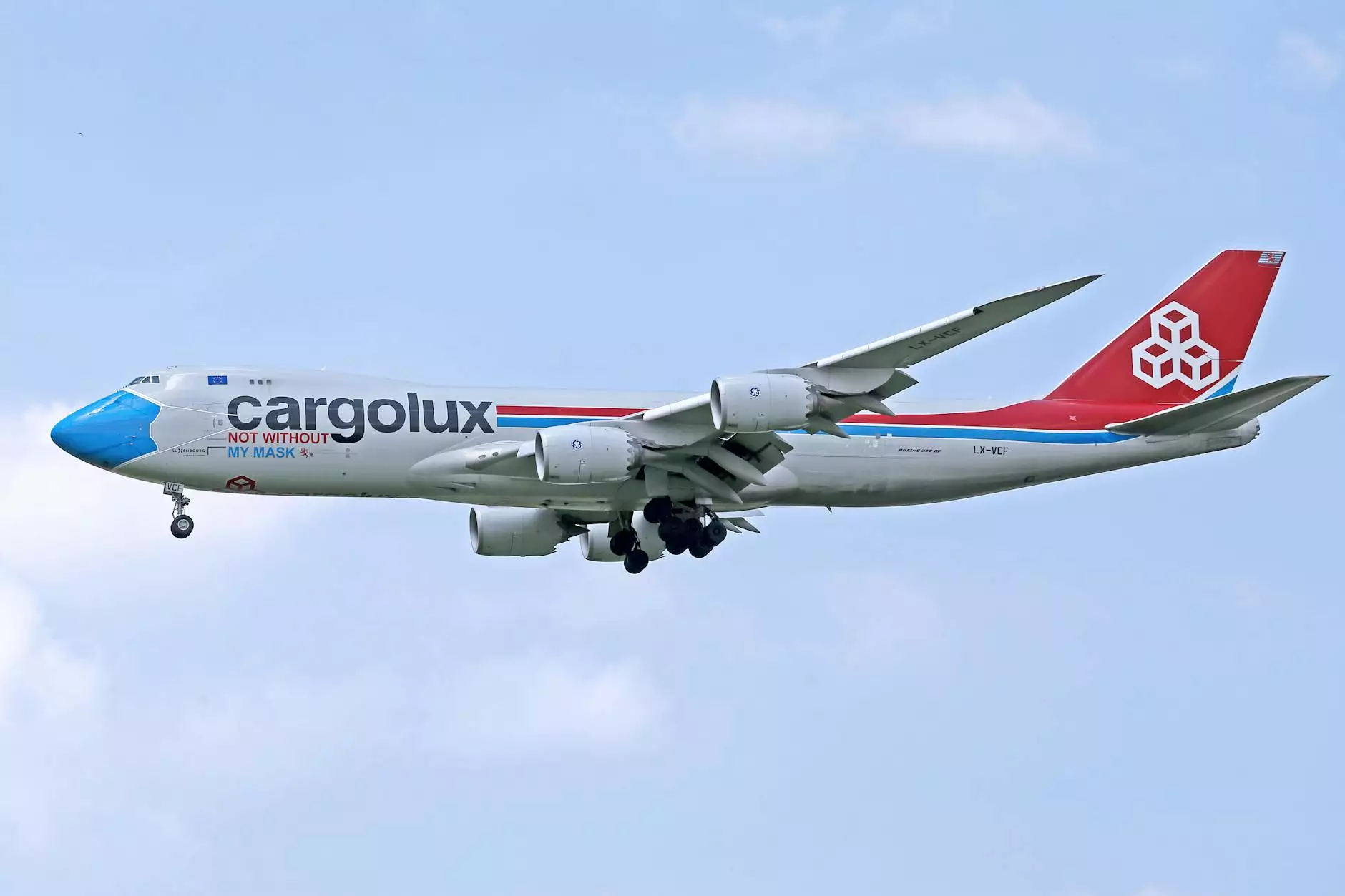Understanding Air Freight Prices: A Comprehensive Guide

In the ever-evolving landscape of global logistics, air freight plays a pivotal role in ensuring swift and efficient delivery of goods across borders. As businesses become increasingly reliant on expedited transportation services, understanding the nuances of air freight prices becomes essential. In this article, we will delve into what influences these costs, how they are structured, and practical tips for businesses looking to navigate this complex pricing environment effectively.
The Importance of Air Freight in Modern Businesses
Air freight is not merely a fast mode of shipping; it is a critical component of supply chain management. Businesses that operate in a competitive marketplace often rely on air freight to meet tight deadlines, deliver time-sensitive products, and maintain customer satisfaction. Here are some reasons why air freight is crucial:
- Speed: Air transport significantly reduces transit times, making it ideal for urgent deliveries.
- Global Reach: Air freight connects businesses with international markets, facilitating trade and expansion.
- Reliability: With scheduled flights and tracking capabilities, airlines often provide more reliable delivery schedules compared to ocean freight.
- Safety: Air freight tends to have lower theft and damage rates, making it a secure option for transporting valuable goods.
Factors Influencing Air Freight Prices
The intricacies of air freight prices can be attributed to multiple factors. Understanding these elements is crucial for businesses seeking to optimize their shipping strategies.
1. Weight and Dimensions of the Cargo
One of the primary determinants of air freight costs is the weight and dimensions of the cargo. Airlines typically charge based on the greater of the actual weight or the volumetric (dimensional) weight. The volumetric weight is calculated as follows:
Volumetric Weight (kg) = (Length (cm) x Width (cm) x Height (cm)) / 5000
This formula reflects the idea that larger, lighter items take up more space, thereby influencing aircraft cargo capacity and operational efficiency.
2. Distance and Destination
The shipping distance from origin to destination, along with the specific routes taken by airlines, greatly affects air freight prices. Generally, longer distances result in higher costs. Moreover, destination airports can also influence pricing due to varying demand and regulatory fees.
Major Airports in Air Freight
Certain hubs are more critical in the air freight network, including:
- Hartsfield-Jackson Atlanta International Airport (ATL)
- Chicago O'Hare International Airport (ORD)
- Los Angeles International Airport (LAX)
- Frankfurt Airport (FRA) in Europe
- Hong Kong International Airport (HKG) in Asia
3. Type of Cargo
Different types of cargo incur different rates. Perishable goods, pharmaceuticals, and high-value items, for instance, may attract additional fees due to the need for special handling, temperature control, or insurance. It's essential for businesses to be aware of how their specific products fit into these categories when budgeting for freight costs.
4. Seasonality and Demand Fluctuations
The air freight market is subject to seasonal fluctuations. For example, periods leading up to major holidays often see a spike in demand, which can cause air freight prices to rise. Companies should plan their shipping needs accordingly to avoid peak charges.
5. Fuel Prices
The volatility of fuel prices directly impacts air freight rates. As fuel costs increase, so do the costs borne by shipping companies, which are often passed on to customers in the form of surcharges. This notion underscores the importance of keeping an eye on fuel price trends when assessing potential shipping costs.
How Businesses Can Optimize Air Freight Costs
Understanding the factors affecting air freight prices is only half the battle. Businesses also need to implement strategies that can help them minimize costs and maximize efficiency.
1. Accurate Weight and Size Measurements
Accurately measuring the weight and dimensions of packages is critical. Ensure that shipments are not over-dimensional or overweight to avoid incurring additional charges. Use precise tools and equipment to achieve the safest measurements.
2. Route Optimization
Analyzing and optimizing shipping routes can result in significant savings. Collaborate with logistics providers who can offer the best routing options that balance cost and delivery speed.
3. Consolidation of Shipments
Consolidating smaller shipments into one larger shipment can reduce costs. This strategy maximizes cargo space utilization and may lower overall freight rates.
4. Negotiation with Carriers
Building relationships with air freight carriers and negotiating contracts can yield better pricing. If your business frequently ships a substantial volume, consider leveraging that volume for improved rates.
5. Utilizing Technology
Investing in logistics technology can lead to better visibility into shipping options and costs. Advanced software platforms can analyze shipping data and suggest ways to reduce freight expenses while improving service levels.
Pricing Trends in Air Freight
Monitoring the trends in air freight prices can help businesses anticipate fluctuations and adjust their strategies accordingly. Significant trends include:
1. Growth of E-commerce
The rise of e-commerce has amplified demand for air freight services as businesses compete for same-day and next-day delivery. This increased demand can lead to upward pressure on pricing.
2. Sustainability Initiatives
As environmental concerns grow, many logistics companies are looking at ways to reduce their carbon footprint, which can introduce new costs related to sustainability practices.
3. Global Events
Global events, such as pandemics or geopolitical tension, can severely disrupt the air freight market, creating bottlenecks that affect pricing and availability. Businesses need to stay informed about global news that might impact their shipping activities.
Conclusion
In conclusion, understanding air freight prices is crucial for businesses that depend on speedy and efficient logistics to thrive in a globally competitive environment. By exploring the various factors influencing costs and implementing strategies to optimize shipping, businesses can achieve better profitability and customer satisfaction. As the air freight landscape continues to change, staying informed and adaptable will be critical for maintaining a competitive edge in the industry.
For more information and expert advice on air freight prices, visit cargobooking.aero, where we provide valuable insights to help you navigate the complexities of logistics and shipping.









